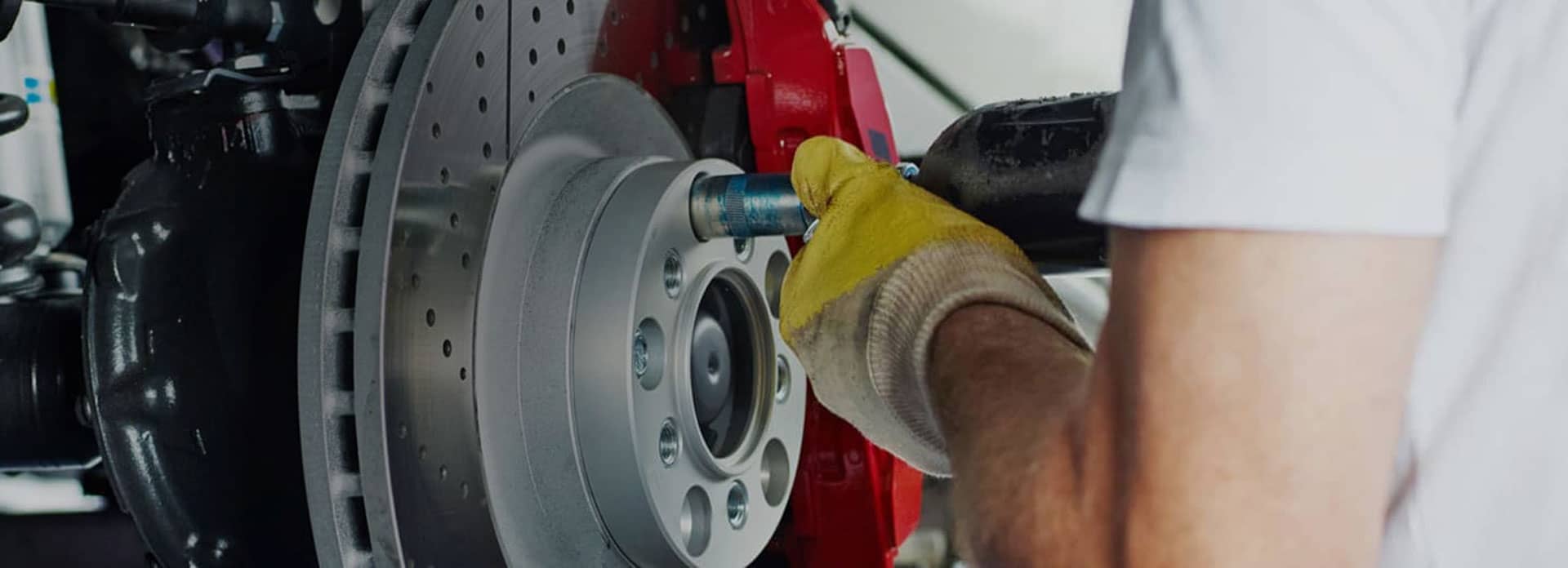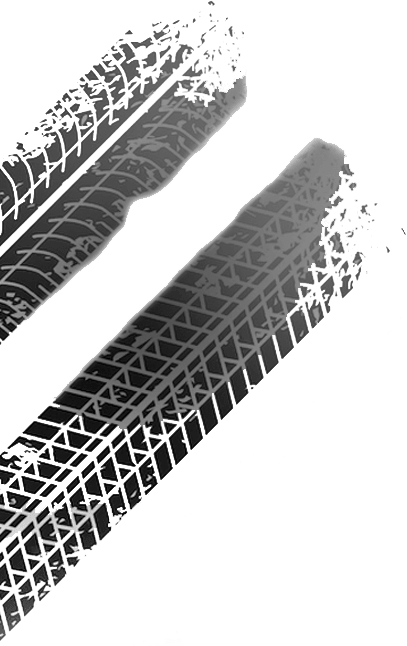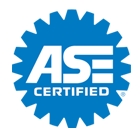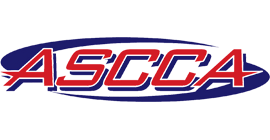
AUTONET TV
Archive for April 2023An Oil for All Seasons (Engine Oil Selection)Posted April 30, 2023 9:56 AMYou swap your winter boots for flip-flops in the summer. Why not change your winter engine oil for summer, hot-weather oil? While it may seem like it makes sense, there's some good news. Most drivers don't have to, and here's why. Engine oil can be made in different thicknesses. That thickness is called viscosity, how easily it flows. Now, it makes sense that the hotter it gets, oil gets a little thinner and doesn't lubricate as well. So if you used a thicker oil in the summer, it's logical that it would protect better in the hotter weather. While there was a time when oils could be only made in one viscosity, times have changed. Using an ingenious formula, oil can now be created that changes its viscosity (called "multi-viscosity") as the temperature rises and falls. It self-adjusts to match the conditions. Now that's what I call a great invention. In most temperate climates, you don't have to swap out the type of oil you use in your vehicle each season. There are exceptions in extreme climates, but your service advisor can advise you on that. Your vehicle's owner's manual recommends the proper viscosity oil to use. Remember that even though you may not have to switch to a different type of oil, you DO have to CHANGE the oil at certain intervals. That's because oil eventually breaks down and picks up contaminants, and if you have old, dirty oil in your engine, it can cause damaging friction and heat. Regular maintenance at your vehicle service facility will ensure that your vehicle is running like a well-oiled machine. Gilmore's Auto Service Service Center Standard and ProceduresPosted April 23, 2023 10:03 AMAll CA pilots have checklists for every aspect of flying. They always use their checklists even if they only have two steps on them. They do this simply because a checklist is a great way to not forget steps. It is also how they can assure a predictable outcome. Let's say a customer has a cracked brake rotor. This is a dangerous condition that must be repaired. If the customer does not want to replace the rotor but instead just wants new brake pads installed, the shop must ethically refuse the partial repair. That can be an upsetting conversation, but understanding that Walnut Creek service centers operate under service standards and procedures is comforting. You want your service to be done right and to have confidence in your technician's recommendations. The CA automotive service industry and Gilmore's Auto Service want the best for you and for you to keep coming back. Gilmore's Auto Service
Direct Fuel Injection Update from Gilmore's Auto ServicePosted April 16, 2023 9:25 AMFor those of you in Walnut Creek, CA who pay attention to these things, you may have been hearing about the new direct injection engines and want to learn more about them. Some deliver the power of a V8 with the economy of a V6. Gilmore's Auto Service H20 No! (Driving Through Standing Water)Posted April 9, 2023 10:21 AMIn a year marked by unusually heavy flooding in North America, drivers are very aware of the possibility they may find themselves driving where water has come over the road. It can be a daunting and frightening situation. Flooding waters can move quickly and unpredictably, so you have to keep your wits about you when you encounter that situation. Here a sample of one vehicle manufacturer's guidelines on what to do. First, the vehicle is designed to go through some water, but you must be careful. Never attempt to drive through water deeper than the bottom of your tires. You can get out of your vehicle to check the depth of the water, but you can never be sure that you aren't going to drive into a spot where the road has washed away. You can't see below the surface of the water, and suddenly you could find yourself in a place where the road drops off unexpectedly. In swift moving storm runoff, your vehicle could literally be floating away with the current, putting your life and those of your passengers in mortal danger. Never go more than 5mph/8 km/hr when you drive through standing water. That minimizes the waves you create. If you DO find yourself in water that is touching your drivetrain components, that water can damage them. And if you get water in your engine, it can lock up in seconds and stall. The potential damage can be catastrophic. You may have found yourself driving in water deep enough to reach your drivetrain components, and it's essential that you have a technician check the fluids to make sure they haven't been contaminated. That includes engine oil, transmission and axle. Driving with fluids contaminated with water can severely damage those components. The bottom line is to avoid driving through water at all if you possibly can. Check your vehicle's owner's manual to see if there are specific guidelines for driving YOUR vehicle in standing water. It's information that could save your life. Gilmore's Auto Service How Much is Enough for Walnut Creek Auto Owners? Tire Tread DepthPosted April 2, 2023 8:27 AMMost Walnut Creek drivers know that tires wear out and that the wear has to do with tread depth. Most of us have heard that “bald” tires are dangerous, but most of us picture a tire with no tread at all when we think of a bald tire. And when we take our vehicles in for preventive maintenance, the technician tells us they're need to be replaced long before all the tread is worn off. Just how much tire tread wear is too much? And how can you tell? Tires are and their condition is important to the safe handling of a vehicle, so it's for Walnut Creek vehicle owners to know the answers to these questions. Gilmore's Auto Service | ||
SearchArchiveJune 2020 (18)July 2020 (4) August 2020 (5) September 2020 (4) October 2020 (4) November 2020 (5) December 2020 (4) January 2021 (6) February 2021 (4) March 2021 (4) April 2021 (4) May 2021 (5) June 2021 (4) July 2021 (4) August 2021 (5) September 2021 (4) October 2021 (5) November 2021 (4) December 2021 (4) January 2022 (6) February 2022 (4) March 2022 (4) April 2022 (4) May 2022 (5) June 2022 (4) July 2022 (5) August 2022 (4) September 2022 (4) October 2022 (5) November 2022 (4) December 2022 (4) January 2023 (5) February 2023 (4) March 2023 (4) April 2023 (5) May 2023 (4) June 2023 (4) July 2023 (5) August 2023 (4) September 2023 (4) October 2023 (5) November 2023 (4) December 2023 (5) January 2024 (5) February 2024 (4) March 2024 (5) April 2024 (4) May 2024 (1) | CategoriesMaintenance (20)Shocks & Struts (4)Older Vehicles (3)Battery (11)Fuel System (21)Tires and Wheels (13)Serpentine Belt (3)Brakes (5)Service Standards (5)Differential Service (2)Automotive News (3)Fuel Economy (5)Service Intervals (3)Customer Detective Work (1)Steering (7)What Customers Should Know (28)Inspection (4)Warranty (1)Winter Prep (6)Parts (2)Check Engine Light (2)Timing Belt (2)Alignment (8)Transmission (3)Cabin Air Filter (4)Exhaust (6)Drive Train (3)Cooling System (7)TPMS (1)Dashboard (2)Fluids (6)Diagnostics (2)Keys to a long lasting vehicle (3)Air Conditioning (5)Tires (2)Safety (2)Monitoring System (1)Auto Safety (3)Spark Plugs (1)Oil Change (2)Alternator (2)Windshield Wipers (2)PCV Valve (1)Brake Service (1)Diesel Maintenance (1)Engine Air Filter (1) | |

OUR REVIEWS


Justin Lyon, 05/07/2024Phil was very helpful in scheduling my appointment and even starting to diagnose my issue over the phone. My car wouldn’t drive, wouldn’t go into gear, but he talked me through some troubleshooting and got me going again. That saved me a tow truck fee, thanks, Phil!

Get free Coupons
Take advantage of these great offers!
FREE COURTESY INSPECTION WITH REPAIR
First time customer? Come in for any paid repair work and let Gilmore's inspect your car at no extra cost to you.
No tricks. No Pressure.






